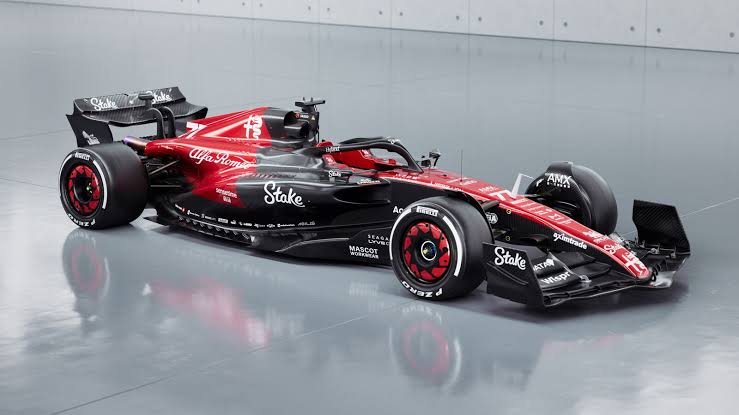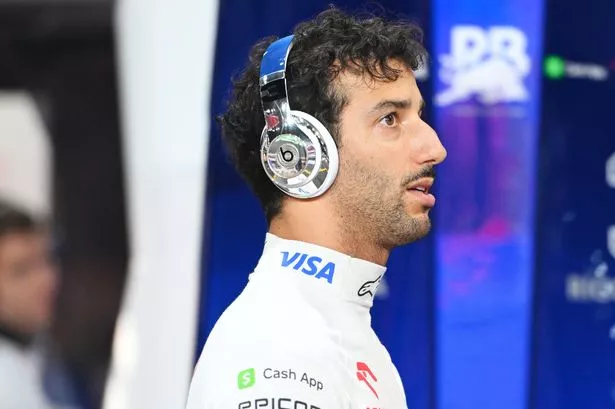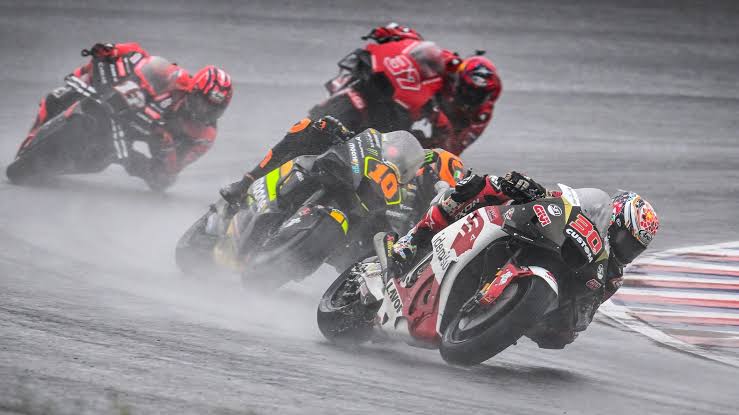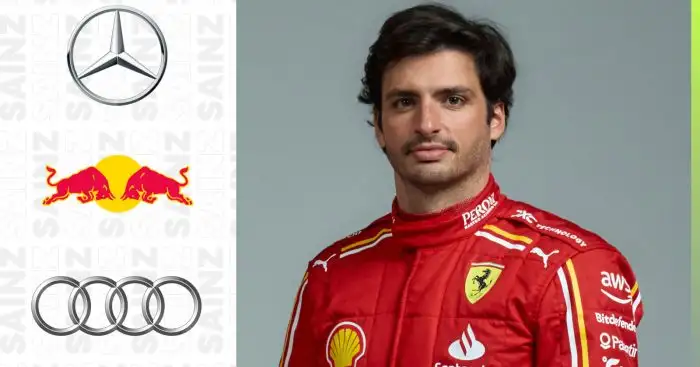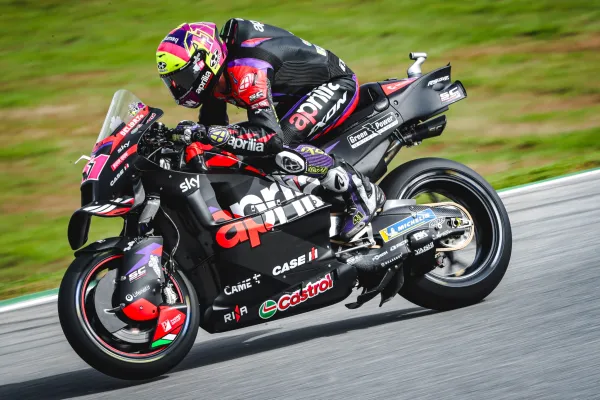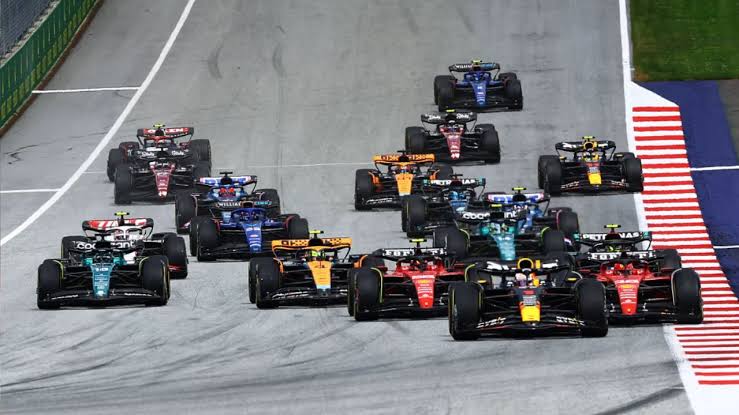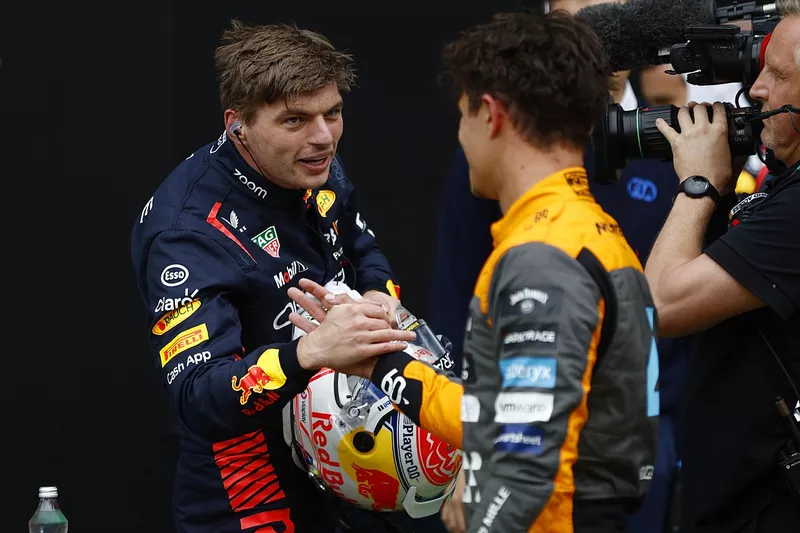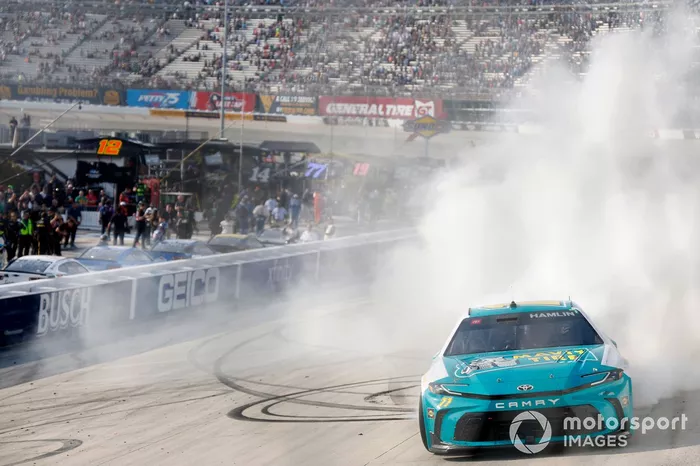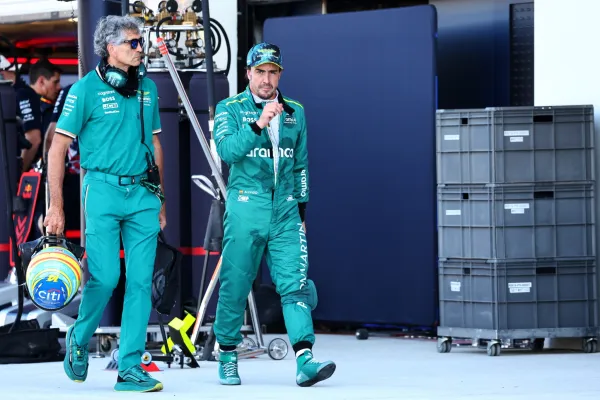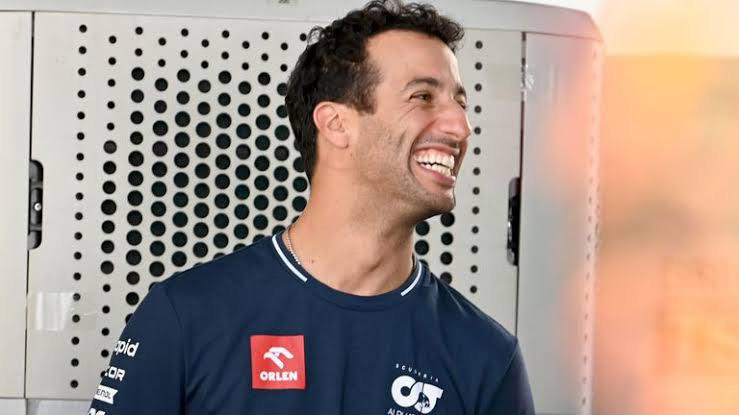F1’s Alpine Formula 1 team Grapples with Persistent Laptime Issues
The year 2023 revealed that the Alpine team has faced persistent difficulties in Formula 1, going beyond changes in senior management. As it ended the year without the CEO, chief team officer, or sporting director it began the season with, the team found itself stuck with a fundamental problem that appears to resist any senior restructuring.
Sixth place in the constructors’ championship fairly reflected the performance of Alpine’s A523 car. Ranked as the sixth fastest car, approximately 0.9 seconds behind the previous year’s Red Bull qualifying pace, the car perpetually found itself in the Q2/Q3 cutoff region. The power deficit, particularly in the energy recovery unit, has emerged as a significant challenge.
Bruno Famin, Alpine’s temporary replacement in leadership, frankly admitted that the energy recovery system was where the main deficiency lay. The total deficiency in the power unit accounted for around 0.5 seconds of lap time. Alpine applied to the FIA for permission for a ‘break’ in freezing the power unit, believing it was around 15 bhp behind the best, but this request was not granted.
This lack of power appears to have cost Alpine significant performance for at least the next two seasons.
Technical director Matt Harman emphasises the interconnection between the car and the power unit, highlighting the global limitations that can manifest themselves in both the car and the power unit. He summarises the chassis’ limitations in 2023 as poor ride quality and poor balance.
Poor ride quality meant the car could not be driven as low as the aerodynamic map had been designed, reducing downforce. The balance issues were only partially related. While some improvements have been made to issues such as low-speed traction and corner-exit stability, the A523’s stubborn performance compared to its predecessor highlights the persistent challenges Alpine faces.
The 2023 season, despite internal changes, highlights the complexity and technical challenges that a Formula 1 team can face, highlighting the continued need for adaptation and development to remain competitive in the category.
